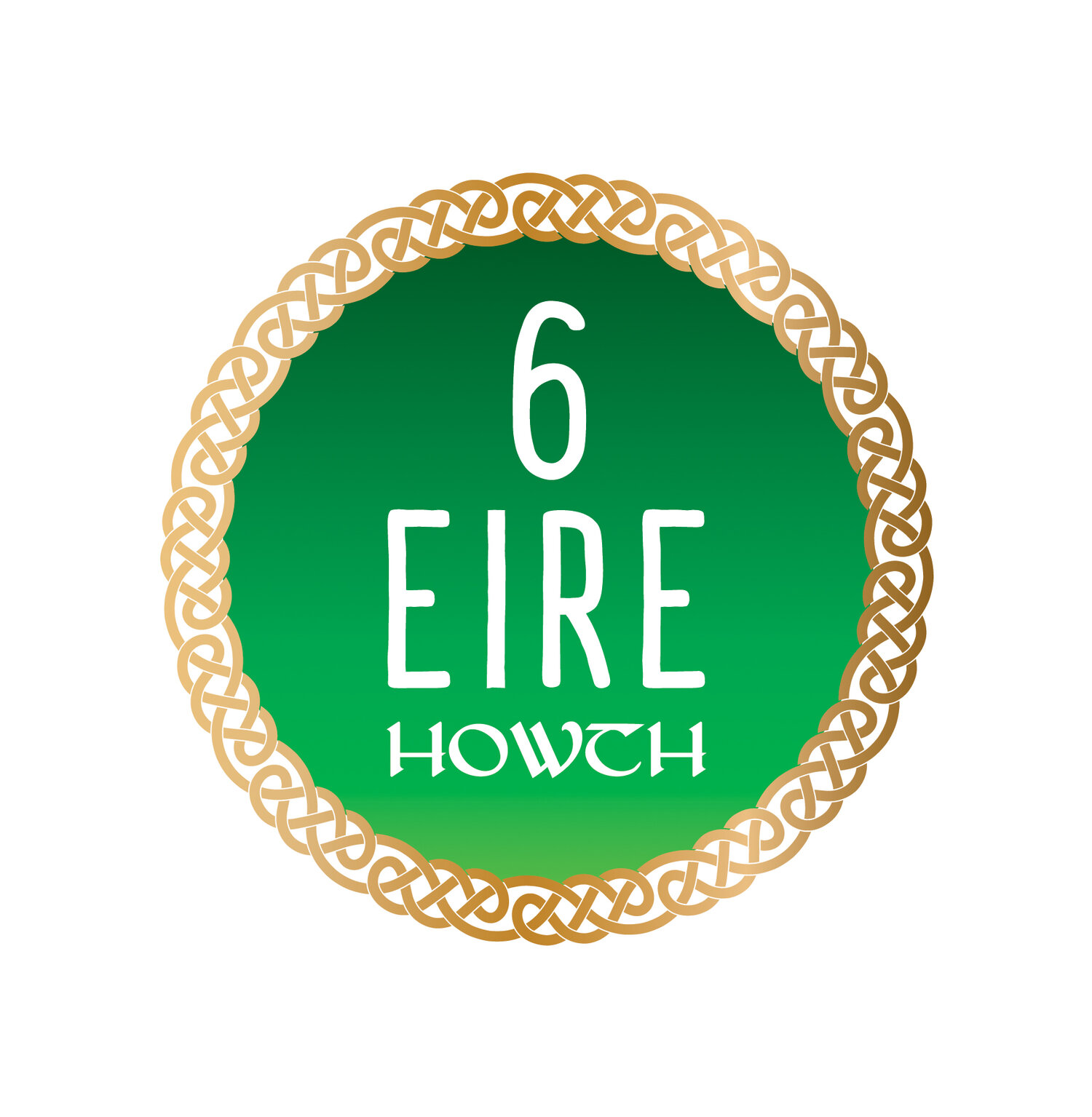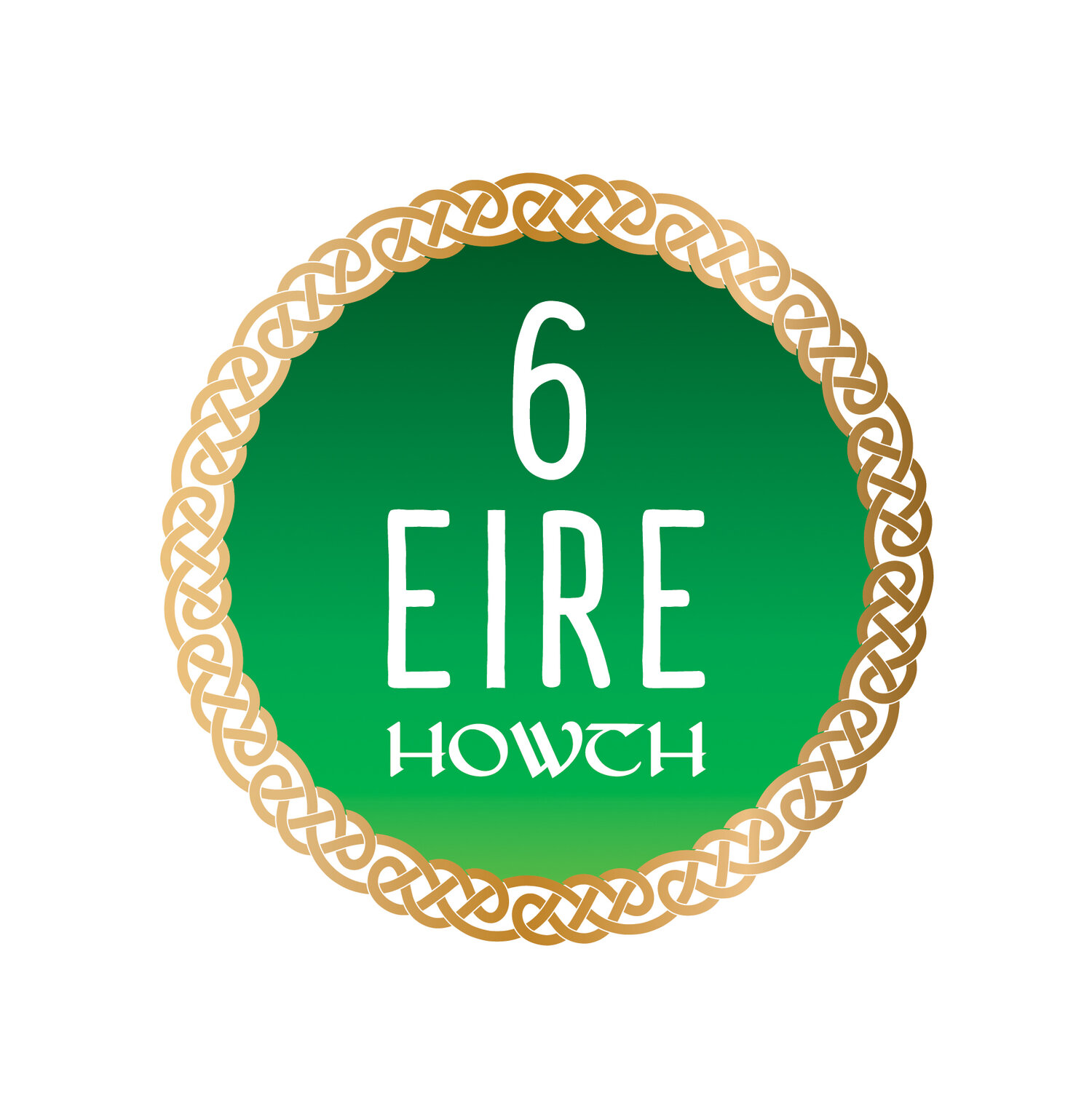Santa Sabina Student Grace McCarrick emailed the Restoration Group with a Q & A about the Eire 6 sign and its role in WW2 The project is for her History CBA Junior Cert level.
Restoration Group member Dr. Philip O’Connor (Author of The Road to Independence – Howth, Sutton and Baldoyle play their part) responded.
Here is their report.
1. What was the actual objective of the Eire signs? a) Navigational aid for the Allies or b) to protect Ireland from an aerial attack by the Luftwaffe or both?
The EIRE signs were built in summer 1943 by government order by the crews of the 83 "Look Out Posts" of the Coast Watching Service. These "LOPs" had existed since the outbreak of the European war in 1939, positioned strategically on headlands along the entire length of the Irish coast (excluding NI of course), as a defence measure by Neutral Ireland to observe shipping and aerial traffic, particularly of the powers who were at war (England/Germany). There was a threat of invasion or at least attack from both powers in 1939-40, and thereafter mainly of sporadic attacks from Germany. The LOPs continued to form part of the defence system against aerial attack in particular, and were linked to the searchlight and anti-aircraft defence systems, especially around Dublin. From 1941 the war changed in character into a "world war", especially after Germany invaded Russia and America entered the war on the British side in Europe in 1942. By 1943, after Stalingrad and El Alemein, the Allies (Britain-US-USSR) were decisively winning and pushing the Germans slowly back on all fronts. The US was pouring aircraft and military forces into Britain (including Northern Ireland) for the aerial bombing of German cities and subsequently for an invasion of Europe through France from the West. Ireland managed to maintain its neutrality throughout. As Ireland was in the direct flight path of US forces into Britain, the US requested that the coastline be marked to assist its navigational requirements. The Irish could hardly refuse, and had the "EIRE" markings made around the coast. A subsequent US request for these to be numbered to assist its aircraft navigate around the coast of Ireland (they were never permitted to overfly Irish territory, which would have been an abandoning of neutrality giving cause for possible German retaliation) was immediately acceded to by the Irish, and so these numbers were added a month or so after the signs were built. The numbered points were thereafter entered on US aerial navigation charts and used by US bomber and transport pilots flying near Irish coasts on their way to/from Britain, or on sortees defending convoys against U-Boat attack, or on hunts for U-Boats.
2. Were the signs successful in either of these objectives?
Yes, the US found them useful and, despite the huge traffic into Britain, Ireland suffered very few aerial or naval incursions. So they worked for both the US and Ireland.
3. How did Ireland's neutrality fit into this if the signs acted as a navigational aid for the Allies?
See the answer to 1. above. Neutrality is not a static dogmatic thing, but must be implemented in a pragmatic manner if it is to be successful. Every neutral country had to deal with the realities it faced, e.g. Switzerland, Sweden, Spain, Portugal and Turkey, who had all to manoeuvre between the competing demands of the military powers. Initially they had to bow to German pressures while trying to remain neutral, and as the war swung decisively in the US-UK-USSR's favour, the neutrality of all of these countries became more Allied-friendly. Ireland in the war was suspicious of and hostile to Britain in the early phase, for good reasons (Churchill contemplated invading to seize ports etc.) but never pro-German. In the 1930s the de Valera government had upheld democracy at the League of Nations against fascism, had supported the Soviet Union's bid to join the League and had refused to officially recognise Franco's fascist rebellion in Spain (despite huge pressure to do so from the political opposition, elements of the Church etc.) until they had won the Spanish War in 1939. Ireland had also condemned the persecution of the Jews that had begun in the mid-1930s. Ireland was also very friendly to the US for historical reasons, even if there were tensions with the Roosevelt government. There was no question of Ireland being hostile to America and it was after the US entered the war in Europe that Irish neutrality became more pronouncedly Allied-friendly. Ireland was also very sympathetic to the "Free French" from early on. For example, British aircrews were secretly released over the NI border back to the British, while Germans were interned for the duration. There was no contradiction between the EIRE signs and Irish neutrality. Ireland could defend them on the basis that they prevented combatant aircraft overflying or infringing the coasts. They didn't provide the list of numbers to the Germans, though at that stage of the war very few German planes or even U-Boats were still operating this far west of Europe, so it would have been an academic point anyway.
4. Could the signs have been interpreted as a lack of solidarity with Great Britain considering they could have had the effect of directing the Luftwaffe towards the UK?
By the time the signs were installed (summer 1943), the Luftwaffe had lost the air war and no longer came this far west. Once the US entered the war, US-UK air forces outnumbered those of Germany by hundreds-to-one. Also, the Irish never bothered to tell the Germans of the signs, let alone give them the navigation numbers. Britain certainly never regarded the signs as potentially dangerous to them, but on the contrary as an aid, particularly to the US. The Allied high command secretly thanked the Irish government for the assistance the signs provided, especially in the massive build-up of forces for the 1944 invasion of France.
5. Did de Valera ever discuss this initiative with Churchill and how was it received?
De Valera and Churchill had a poor relationship and rarely spoke during the war. Churchill was hostile to Irish neutrality, contemplated invading Ireland in 1939/40 and as late as 1942 instigated an operation to wreck the Irish currency. But from 1941 the tide changed to one of closer cooperation, with preparations for joint Irish-British defence should a German attack or invasion be attempted. There was much joint direct military and intelligence cooperation atter that. The signs were undoubtedly revealed to the RAF.
6. Did the North Strand bombings in 1941 influence the decision to demarcate the coastline?
Possibly, though that was two years before the signs were built, and, as said, the Luftwaffe was at the end of its tether this far from Europe before the signs were installed. Most Luftwaffe resources by this time were deployed on the Russian Front or in the defence of German cities against the Allied "1,000 bomber raids".
7. Grace would be very interested to talk to anyone who was involved in the actual watch and what it was like etc.
We have identified and the men who served in the CWS in Howth and are currently trying to find their descendents. It is extremely doubtful that any are still alive, as even the very youngest of them they would be in their nineties at the very least.
School project March 21st 2021
By Philip O’Connor and Grace McCarrick.

